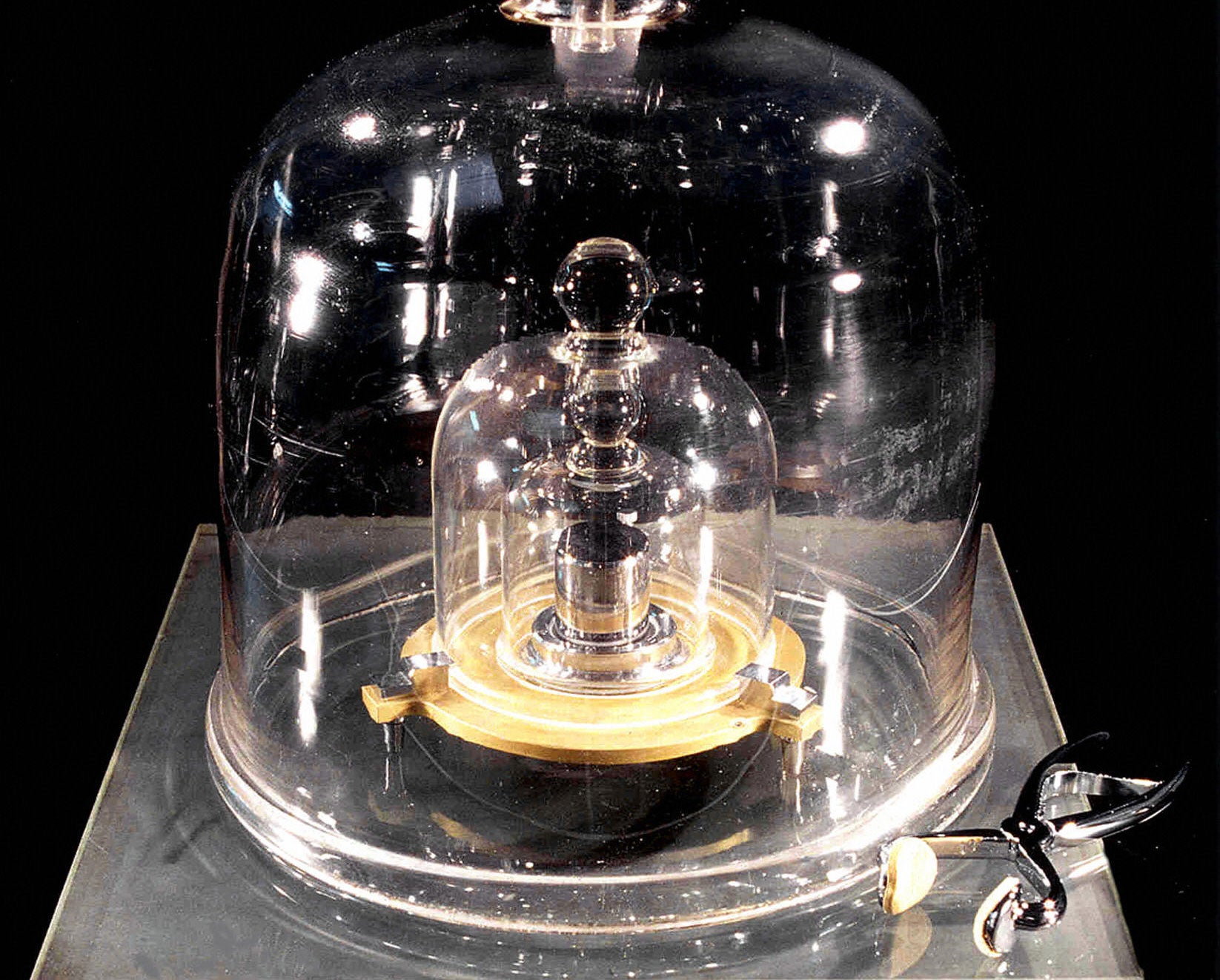The Independent's journalism is supported by our readers. When you purchase through links on our site, we may earn commission.
After decades of study, scientists are about to agree on what a kilogram is
The kilogram is currently defined by the mass of a platinum cylinder in a French bank vault - but scientists can now finally define it as a mathematical constant

After decades of study, testing and arguments, scientists could be about to reach an agreement on what a kilogram is.
The mass of a kilogram, currently, is defined by a physical object - it's called the International Prototype Kilogram (IPK), or 'Le Grande K', and it's a solid cylinder made from platinum and iridium that sits in a high-security vault in Sèvres, France.
There's a number of other copies, stored in many different countries, but they're all based on the original IPK.
It's no so much that the IPK weighs a kilogram, it's that it is a kilogram - the kilogram is defined by the mass of this cylinder, not the other way around.
It sounds bizarre and archaic, and it is, by modern standards. The kilogram is the only standard international unit that is still defined by a physical object - metres, seconds, amperes and all other units are all defined by mathematical constants that are facts of physics, not by physical objects.
However, this could be about to change soon, as scientists now believe they have gathered enough data to replace the metal cylinder with a mathematical definition, as reported by Nature.
The cylinder may weigh a kilogram, but it can be subject to change - it can lose or gain atoms over time, or accidentally be destroyed. Even today, the IPK and its many copies all vary slightly in weight.
Mathematical constants, however, are universal, and they can be found out by anyone, not just those with access to the IPK.
Such precise measurements may not make any difference when you're baking a cake, but for engineers and scientists working with super-sensitive materials or very small structures, a definite, constant mass is important.
To make this definition, scientists need to relate it to Planck's constant, an important quantity in quantum physics that links the amount of energy in a photon to the frequency of its wave.
However, measuring this constant is the difficult part. One method is counting the atoms in a silicon sphere, and the other is the use of a watt balance, which works by weighing a test object against an electromagnetic force.
Through years of very complicated science, the results from both methods have been brought together to see if they agree. As it turns out, they match closely enough to be permissible, agreeing on the measure of Planck's constant by 12 parts per billion.
There's still some way to go - more data has to be put together, and more silicon spheres from Russia will have to match up with the existing results.
If the results between the two methods begin to diverge as the tests of the Russian spheres come in, this could cause trouble.
David Newell, a physicist at the American National Institute of Standards and Technology told Nature: "I'm very confident this will not happen."
"This train has a lot of momentum and there has to be something seriously wrong to derail it."
After years of work, the Grande K can start looking forward to its retirement.
Join our commenting forum
Join thought-provoking conversations, follow other Independent readers and see their replies
Comments